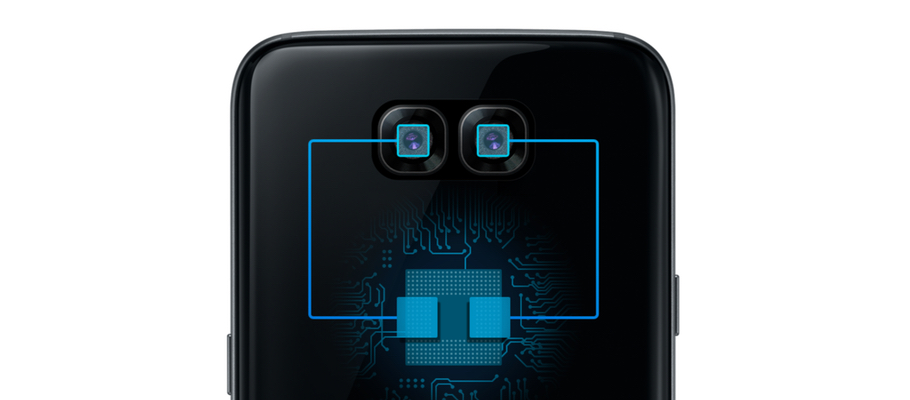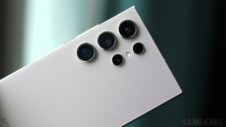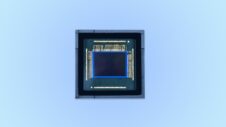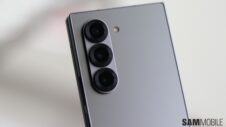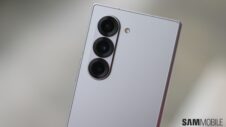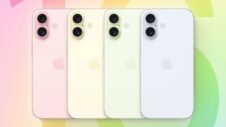Samsung may have introduced its dual camera solution with the flagship Galaxy Note 8 last year but we knew that it was only a matter of time before this technology filtered down to more affordable devices. The company has since launched its premium mid-range handsets, the Galaxy A8 and Galaxy A8+ (2018), they're the first smartphones from Samsung to feature a front-facing dual camera.
Samsung today announced a complete dual camera solution with ISOCELL Dual image sensors and its own software algorithm to bring two popular features to budget smartphones – refocusing (bokeh) and low-light shooting.
A complete dual camera solution for affordable devices
Smartphones with dual cameras have two image sensors that combine light information absorbed from the two sensors to provide improved performance in low-light conditions and a DSLR-like bokeh effect.
The company divided its ISOCELL camera sensor lineup into four sub-brands last year one of which is ISOCELL Dual. As the name suggests, this sub-brand is focused on dual camera solutions for smartphones.
Samsung is going to offer this new solution to companies that source camera sensors from it. Since it's offering a total solution that includes both the camera sensors and the proprietary software, this means that smartphone manufacturers will be able to quickly add dual camera features to their smartphones as they will not have to opt for different vendors for the camera sensors and algorithm software, a process that's time-consuming.
The company says that its total dual camera solution simplifies this process and enables low-end and mid-range devices to offer advanced camera features that have largely been limited to premium devices that have an extra image signal processor. The ISOCELL Dual solution has been designed from the ground up for use with application processors with weak image signal processing and it will certainly drive adoption of dual cameras in affordable devices.
Samsung has coupled its refocusing algorithm with a 13-megapixel and 5-megapixel set of image sensors while its low-light shooting algorithm is paired with a set of two 8-megapixel sensors to offer further simplification for implementation by smartphone makers. The company is going to offer multiple combinations for ISOCELL Dual solutions in the future.
We can expect mid-range and entry-level smartphones from other OEMs to adopt this solution later this year. Samsung might use this new solution for its own smartphones as well. After all, it did launch the Galaxy J7+ with a dual camera setup in Thailand last year, it was Samsung's first non-flagship device to feature a dual camera system at the back.

